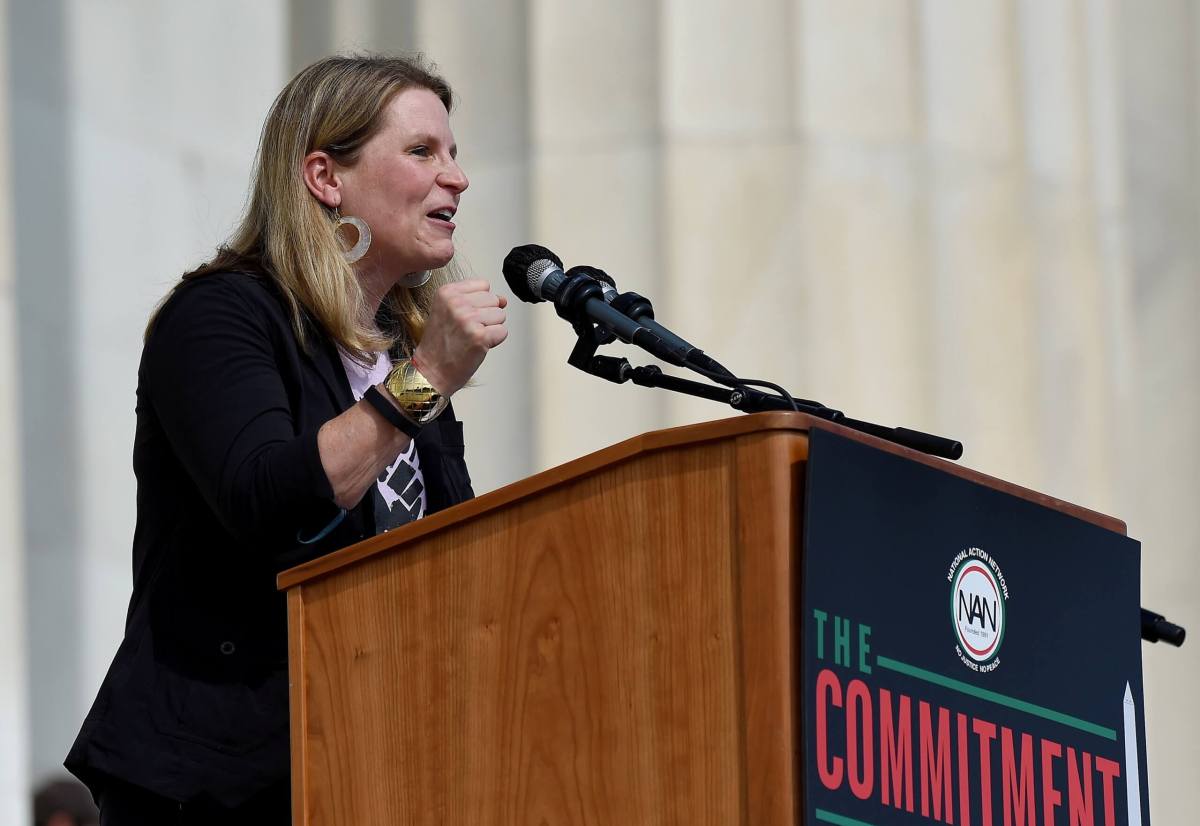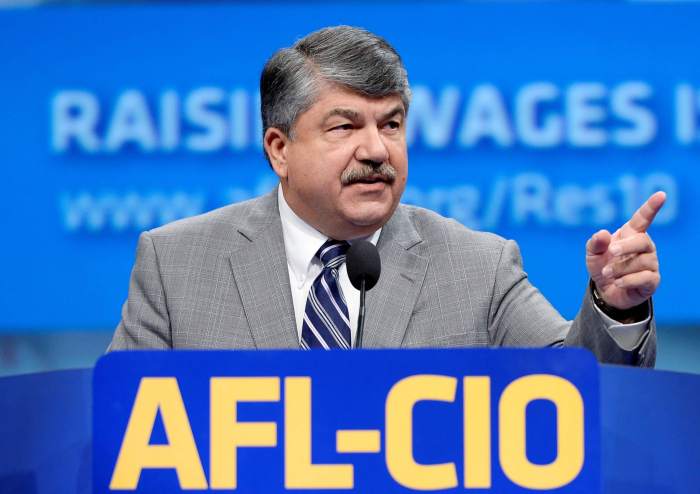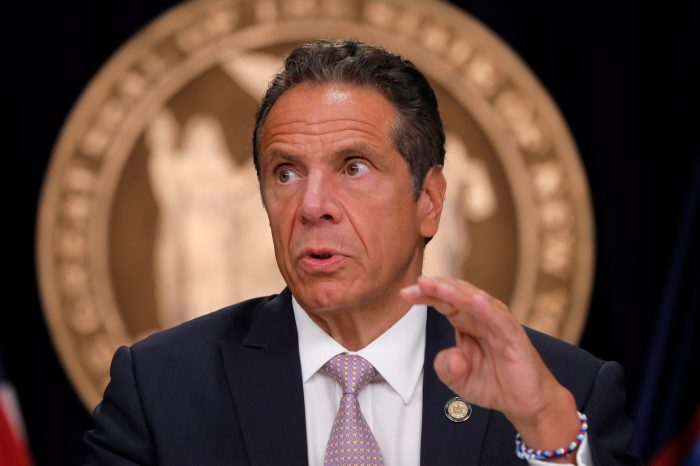The first woman to lead the biggest U.S. labor federation wants even more women as decision-makers in a labor movement that is becoming less male and less white.
“When you see women in key positions of leadership, it emboldens women to continue to aspire to more,” Liz Shuler said in an interview hours after the AFL-CIO’s governing Executive Council elected her as president on Friday.
Shuler, 51, had been the federation’s No. 2 officer since 2009 and became interim president following the sudden death earlier this month of Richard Trumka, who had been president of the AFL-CIO since 2009.
The Executive Council picked Shuler in a special election to fill Trumka’s unexpired term. Shuler said she plans to seek re-election when the AFL-CIO’s 56 affiliated unions, which represent a combined 12.5 million workers, gather for their convention next June.
Kate Shindle, president of Actors Equity Association, a union of stage performers, said the council elected “not just any woman – this woman, who is labor to the marrow of her bones, and has earned this through her intelligence and collaboration and grit.”
Shuler rose through the ranks of the male-dominated International Brotherhood of Electric Workers (IBEW). She began in 1993 by organizing women clerical workers at Portland General Electric, where linesmen were IBEW-represented.
“The reason those women came together is they saw the power of a union that the men already had at the company,” she said.
Known as a consensus builder, Shuler takes office as AFL-CIO unions debate whether the federation should redirect resources from lobbying and advocacy toward direct funding of organizing to stem the long-term decline in union membership.
Shuler said expanding union membership requires a multi-pronged approach that includes winning legislation, such as the Protecting the Right to Organize Act, as well as organizing.
She added that working people are “truly looking for hope in this moment after we’ve gone through this pandemic, after we’ve seen the lack of safety protections, that corporations will put workers in harm’s way.”
With Shuler’s ascension to president, the AFL-CIO Executive Council elected as her successor secretary-treasurer Fred Redmond, the first African-American to hold the position. The AFL-CIO’s other top officer, Executive Vice President Tefere Gebre, is also Black.
Until Shuler, the top leader of the American Federation of Labor has been a white man since its founding 135 years ago. That continued when it joined the rival Congress of Industrial Organizations in 1955 under George Meaney.
At the rank-and-file level, women account for nearly half of all union members, up from one-third in 1983, according to Labor Department data analyzed by the Employment Policy Institute, a liberal think tank. During the same period, the non-white share of union membership rose to 37% from 22%, it said.
“The labor movement itself – and the workforce – is much more female than it ever was in the past, and so in that way, the AFL-CIO is finally reflecting what’s happening in the rest of the world,” said Ileen DeVault, who teaches labor history at Cornell University’s Industrial and Labor Relations School.
Long-time labor activist Karen Nussbaum said Shuler’s election would have been unthinkable when she co-founded 9to5, a women workers’ advocacy group, in the 1970s.
“When we first started organizing, you couldn’t get the trade union movement to take us seriously at all,” said Nussbaum.
Even now, only about a quarter of the approximately 50 members of the AFL-CIO’s governing Executive Council are women.
Shuler and others acknowledged that the number of women union leaders still falls short of reflecting their numbers in the ranks.
“I can’t say ‘mission accomplished,’” said Elise Bryant, president of the Coalition of Labor Union Women. “I think there’s still a whole lot of work to do.”
Shuler said she did not know if she would face a challenge when she seeks re-election at next June’s convention.
So far, the only potential contenders being discussed in labor circles are women: Sara Nelson, president of the Association of Flight Attendants, and Randi Weingarten, president of the American Federation of Teachers.
Nelson and Weingarten did not answer directly when asked by Reuters whether they planned to run.


















